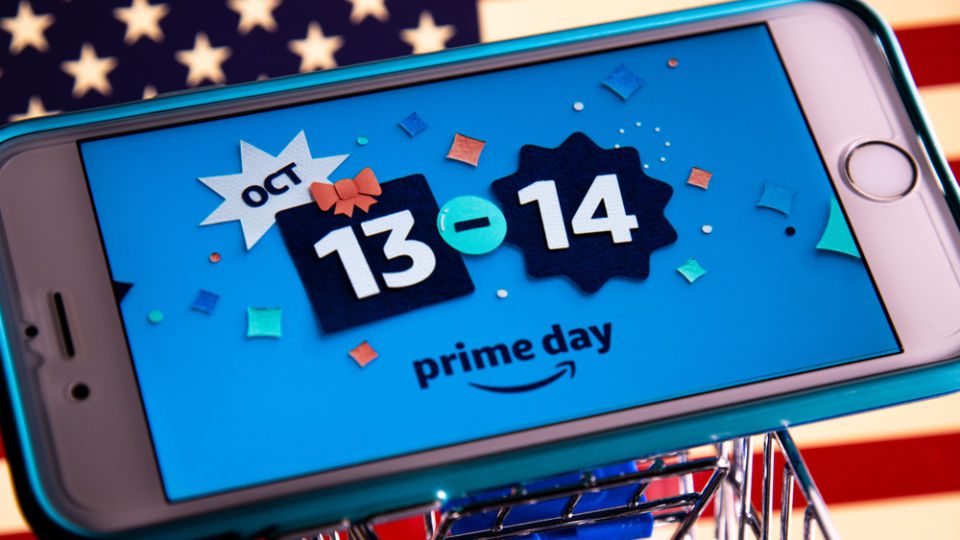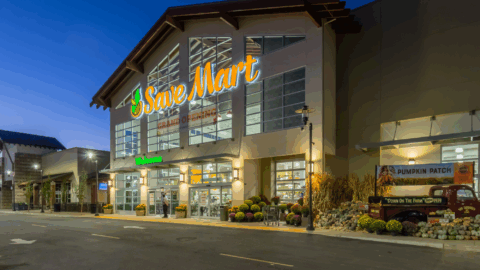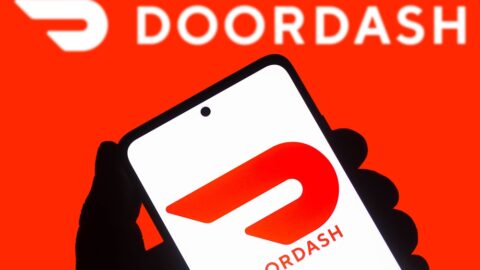A one-of-a-kind year has led to a one-of-a-kind Prime Day, as economic and political pressures created a new slew of challenges for the shopping holiday. The results are still preliminary — as of publication, the only hard numbers Amazon released are $3.5 billion in third-party sales and $1.4 billion saved by Prime members — but some major differences from 2019 already are clear:
- Prime Day kicked off a long holiday season: The months-long delay put Prime Day at the start of the longest holiday season ever — timing that could prove beneficial in some ways and challenging in others;
- Bigger focus on small businesses: Shoppers have been eager to support local businesses due to the pandemic, making it no surprise that Amazon called this Prime Day “our biggest small business promotion yet” on its blog; and
- More competition than ever: Other retailers never took Prime Day lying down, but the extended holiday season meant major competitors like Target and Walmart were well-positioned to launch their own sales and tie them into larger promotion strategies.
Prime Day 2020 will likely prove to be a success, according to Rachel Dalton, Director of Ecommerce and Omnichannel Insights at Kantar. The firm’s research found that 28% of Prime members expected to spend more this year than in 2019, while only 8% planned to spend less. Additionally, 81% of Prime members and 31% of non-members planned to make purchases during the promotion — a sizable audience.
However, the preliminary third-party seller numbers could point to a bit of a “miss,” according to Hilding Anderson, Senior Director of Strategy & Consulting at Publicis Sapient. While the $3.5 billion figure represents a 60% jump in third-party sales from 2019, nearly two-thirds of the ecommerce giant’s revenue comes from the marketplace — which means Prime Day could ultimately fall short of the $9 billion to $10 billion total some analysts have projected.
Proximity to Holidays and Elections Create a Unique Atmosphere
One of the most unique aspects of Prime Day 2020 is how it became the gateway to the holiday season. The effect of moving the event from July to October could be seen in the content Amazon emphasized in the leadup, which shifted from advertising events like a Taylor Swift-hosted concert to encouraging shoppers to get a head start on their holiday shopping.
“The theme last year was really about blending retail and entertainment,” said Dalton in an interview with Retail TouchPoints. “There was a lot of celebrity focus, a lot of really interesting new products launched by celebrities. This year it completely shifted to starting up holiday shopping and beating the rush. That was really Amazon’s key message.”
The holiday emphasis carried on throughout Prime Day, and Amazon has continued encouraging people to start (or continue) their shopping. In past years, Prime Day had moved some holiday shopping to the summer as well as kickstarting the back-to-school season by a few weeks, but this year shoppers already were primed for a longer holiday season. For retailers anticipating an ecommerce-heavy Q4, a longer season theoretically allows them to minimize sales spikes and fulfillment challenges.
However, the delay also put Prime Day that much closer to a major election, which overshadowed some of the media attention the event would normally receive, according to Anderson. This would happen during any year with the presidency on the line, but 2020’s timing brought Prime Day and Election Day particularly close.
“It’s a crazy time to try to launch anything publicly because of the election, just because of the amount of attention sucked up in the media environment,” said Anderson in an interview with Retail TouchPoints. “We see a high degree of noise and distraction in advertising and promotions.”
The other downside was the chaotic nature of the reschedule. The relatively stable July date for Prime Day traditionally gave the ecommerce giant ample time to coach its third-party sellers and help them make the most of the event. The uncertain nature of COVID-19 and the proximity to the holiday season likely cut back on this valuable time, and Hilding expects Prime Day to return to its normal summer date in the future.
Small Businesses Were Big Beneficiaries of Prime Day 2020
The pandemic has caused shoppers to show greater support for local retailers, and Amazon is tapping into the zeitgeist by emphasizing the fact that it spent more than $100 million in promotional activities to help small businesses around the world. This isn’t just cynical advertising — most of Amazon’s sales come from third-party merchants, so what’s good for them is good for the marketplace as a whole.
“In terms of prioritizing small business, they’ve been putting a lot behind that over the past year even prior to the pandemic,” said Dalton. “We know that Amazon Marketplace and their third-party sellers sell more than half the total units sold on Amazon. Small- and medium-sized businesses are a huge piece of what Amazon has to offer, and really help Amazon deliver on its vision of being the everything store.”
The major jump in Prime Day’s third-party sales seems impressive, but it may not be the herald of a strong year, according to Anderson. Reaching the $10 billion expected by analysts would likely require closer to $6 billion in third-party sales, not $3.5 billion. While Amazon’s numbers only include merchants that meet the ecommerce giant’s definition of being small or medium, it remains unclear whether the larger players in the marketplace will be able to make up the difference and help this Prime Day match growth expectations.
Amazon’s Biggest Competitors are Keeping Up the Pressure
Anderson is bullish on this holiday season’s overall ecommerce potential: he expects a 30% to 40% lift compared to 2019 as shoppers continue avoiding stores and malls. Amazon is well-positioned to benefit from this trend, but other major retailers with strong online operations — Walmart and Target chief among them — are just as prepared, and already have doubled-down on their own promotions (Big Save Event and Target Deal Days, respectively) during Prime Day.
These retailers have been building their competitive capabilities in general, but these same initiatives likely helped them hold their own on Prime Day itself. Walmart+, which was an instant success, established the program as a Prime competitor, while also giving loyalty members a reason to stick around for the retailer’s Big Save Event. For its part, Target’s same-day delivery through Shipt keeps it competitive on the shipping front.
Smaller retailers launched sales over Prime Day as well, such as Ulta Beauty’s Gorgeous Hair fall promotion. The only retailers not to see at least some benefit from Prime Day are the ones that have failed to build out their ecommerce operations at all — and this shortcoming will hold them back for the remainder of the holiday season.
“Walmart, Target, Home Depot and Lowe’s are all well-position to capture this shift to digital,” said Anderson. “The real losers in this holiday season are going to be the ones who have a disproportionate emphasis on the store, and who haven’t transformed their organization digitally and haven’t made ecommerce revenues at least 20% to 30% of their total. Those are going to be the ones who are going to struggle.”













